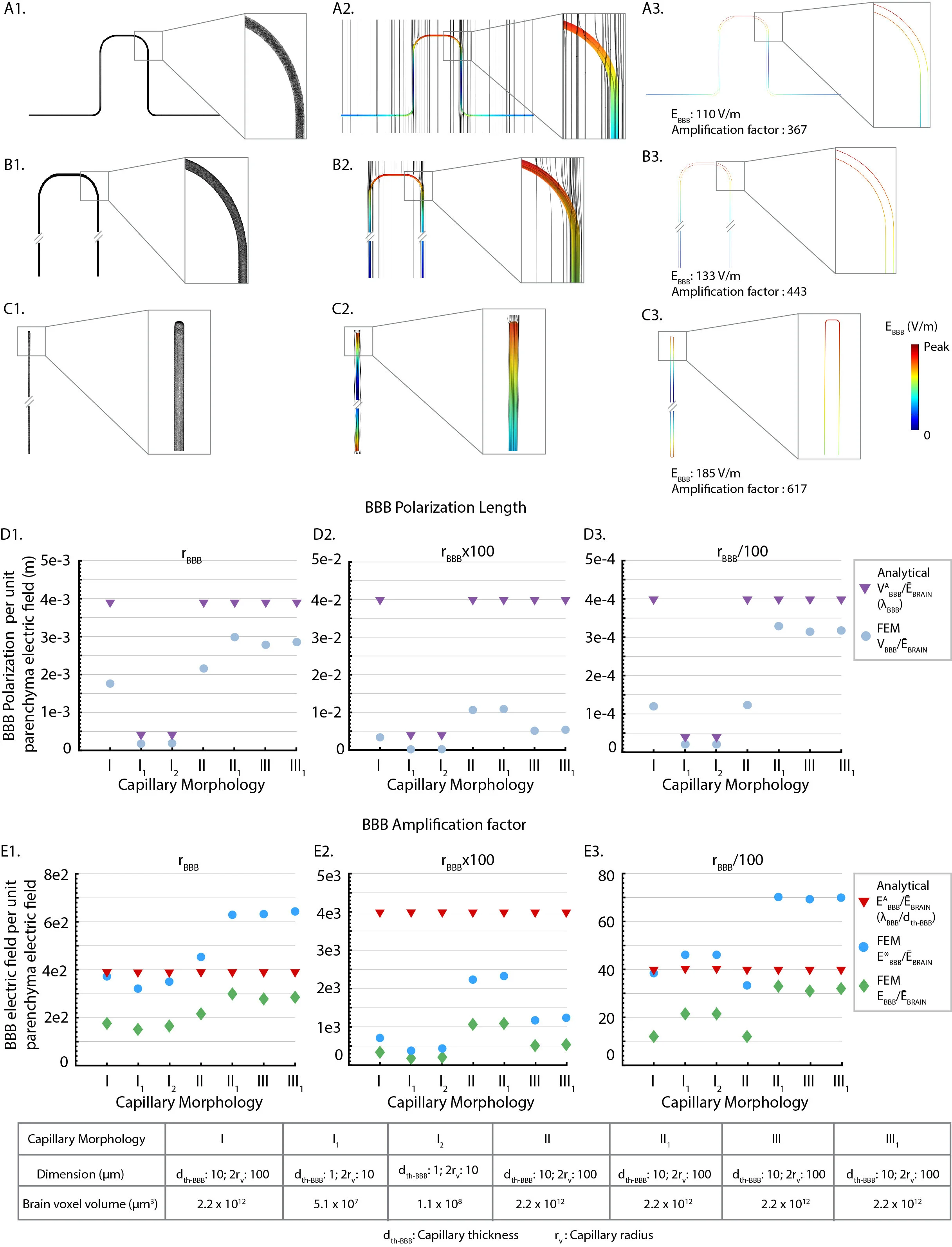The National Institutes of Health NATIONAL INSTITUTE OF GENERAL MEDICAL SCIENCES awarded “BRIDGES TO THE BACCALAUREATE RESEARCH TRAINING PROGRAM AT LAGUARDIA COMMUNITY COLLEGE” to a team including LAGUARDIA COMMUNITY COLLEGE (PI Hendrick Delcham) and THE CITY COLLEGE OF NEW YORK (M-PI Marom Bikson).
LaGuardia Community College’s “Bridges to the Baccalaureate Program” provides mentored research (including at The City College of New York) experiences year round to qualified minority, economically disadvantaged or disabled students. Beyond the research experience, the program features instructional workshops on quantitative literacy (Biostatistics), oral presentation, research paper critiques, bio- instrumentations, research design, data science, mentoring, leadership and management skills, monthly research student seminars, tutoring, transfer and transfer counseling, student presentations at local and national conferences.
LaGuardia Community College’s “Bridges to the Baccalaureate Research Training Program” has demonstrated high graduation and high transfer rates for our students, conclusively demonstrating that a community college can take the lead in administering a successful Bridges program. Our program has formed a consortium LaGuardia Community College’s and three exceptional four-year colleges—the City College of New York, Hunter College, and Queens College—to provide challenging research experiences in the biomedical and behavioral sciences for our underrepresented college students: women, minorities, the disabled, and those from economically disadvantaged backgrounds. LaGuardia proposes to place 10 students in hands-on, mentored research experiences each year of the grant period. These students will choose from a list of research projects and will be engaged in preliminary, preparatory research at LaGuardia, under the tutelage of the LaGuardia Faculty Research Mentors. This experience gained will then be utilized during the summer, as the Bridges students become involved in more intensive research at our three linking colleges, Brookhaven National Laboratories, and SUNY downstate Medical Center. The Bridges program also features a number of activities designed to support the students: monthly research student seminars, tutoring, transfer counseling, opportunities to present their research results at local and national conferences, instruction in the Responsible Conduct of Research, Rigor and Reproducibility, instructional workshops on bio-statistics, leadership and self-management skills, bioinstrumentation, research paper critique, library research, research design, data science, introduction to Python, and poster presentation and the use of ePortfolios. The ePortfolio will be used by Bridges students to collect their academic work, progress report and to reflect on their learning and career goals. The program will also offer LaGuardia faculty the opportunity to participate in effective mentoring workshop offered at the university of Wisconsin and Bridges students will also enroll in the National Research Mentoring Network (NRMN). The monthly research seminars are notable in that they feature progress reports and formal final reports by the students themselves, presentations by CUNY faculty and outside speakers, information from the program’s transfer counselor, a session on developing and delivering professional presentations, and an Alumni Homecoming Day where Bridges alumni return to share their successes and research with current Bridges students. Bridges students will also use an adapted version of myIDP (Individual Development Plan) to explore careers in biomedical, sciences, and bioengineering.


































